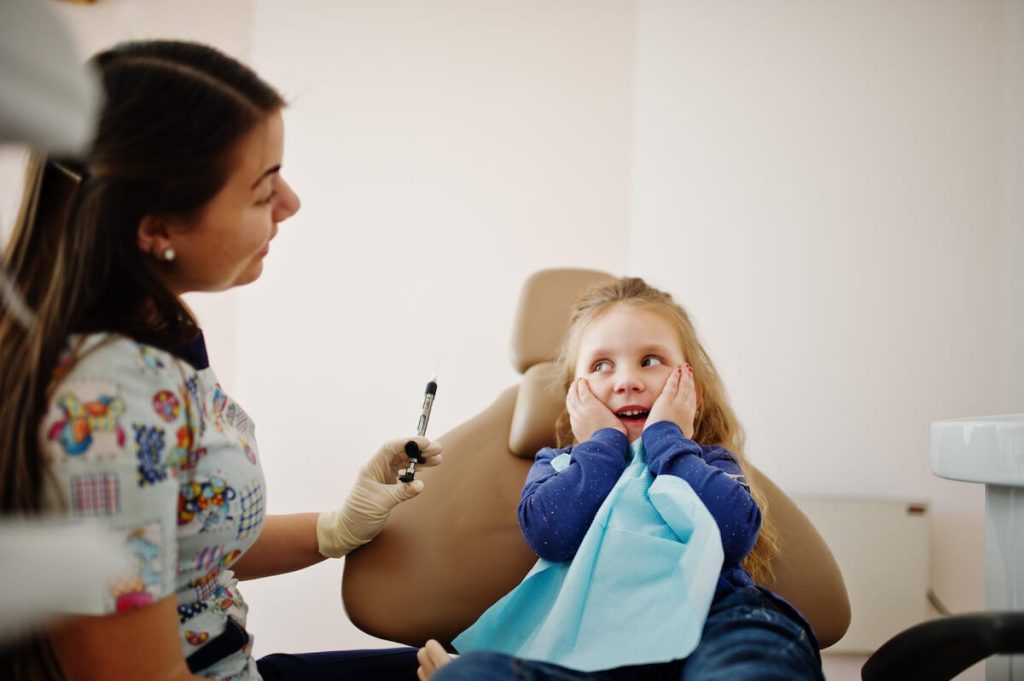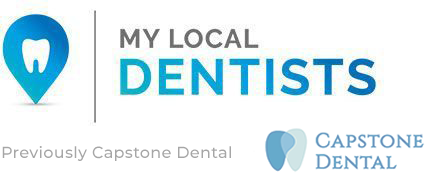Baby Teeth: Everything You Need to Know About Your Child’s First Teeth

As a parent, you have countless questions about your baby’s development, especially their teeth.
When does teething start?
What can you do to ease the discomfort?
Are baby teeth really that important?
Dr Kenneth Chan provides a comprehensive guide to baby teeth, addressing all your concerns and helping you understand their vital role in your child’s growth.
When Does My Baby Start Teething?
Understanding Teething Timelines
Teething typically begins between 6 and 8 months and continues until about 2.5 to 3 years old. However, some babies may start as early as 3 months, while others might not see their first tooth until 12 months.
The timing of teething varies greatly and is not indicative of developmental milestones.
Teething Chart
| Upper Teeth | Age of Eruption | Age of Falling Out |
| Central Incisor | 8-12 months | 6-7 years |
| Lateral Incisor | 9-13 months | 7-8 years |
| Canine (Eye tooth) | 16-22 months | 10-12 years |
| First Molar | 13-19 months | 9-11 years |
| Second Molar | 25-33 months | 10-12 years |
| Lower Teeth | Age of Eruption | Age of Falling Out |
| Central Incisor | 6-10 months | 6-7 years |
| Lateral Incisor | 10-16 months | 7-8 years |
| Canine (Eye tooth) | 17-23 months | 9-12 years |
| First Molar | 14-18 months | 9-11 years |
| Second Molar | 23-31 months | 10-12 years |
Variability in Teething
Remember, these age ranges are based on statistical averages. Your baby might fall outside these ranges, and that’s perfectly normal.
How Many Teeth Does a Baby Have?
Identifying Baby Teeth
Babies have 20 primary teeth: 10 on the top and 10 on the bottom. These include:
- Central Incisors
- Lateral Incisors
- Canines
- First Molars
- Second Molars
Adults have 32 permanent teeth, including additional premolars and third molars (wisdom teeth).
Why Are Baby Teeth Whiter?
Baby teeth are whiter because they contain more enamel and less dentine than adult teeth, which have a higher dentine content, giving them a yellowish hue.
Signs and Symptoms of Teething
Common Teething Symptoms
- Rashes Around the Mouth: Caused by drooling and irritation.
- Drooling: Saliva helps soothe gums.
- Irritability and Crying: Teething pain can cause discomfort.
- Chewing and Biting: Babies chew to alleviate gum pain.
- Low Appetite: Sore gums can make eating uncomfortable.
- Poor Sleep: Discomfort can disrupt sleep patterns.
What About Fevers?
While some parents report fevers during teething, they are uncommon and should not be attributed to teething without consulting a healthcare provider.
What Can I Do to Help with My Baby’s Teething?
Soothing Techniques
- Fingers: Gently rub your baby’s gums.
- Frozen Fruits: Offer frozen cucumber slices or bananas.
- Cruskits: Traditional remedy for teething.
- Chilled Washcloths: Cold but not frozen; washcloths can soothe gums.
- Teethers and Toys: Clean and chilled (not frozen) teethers can be helpful.
- Maintain a Routine: Keep sleep and daily routines consistent.
- Pain Relief: Use paracetamol or ibuprofen according to dosage guidelines.
Teething Gels and Amber Beads
We recommend natural approaches over teething gels, as some contain potentially harmful ingredients. Amber beads lack scientific support and pose a choking hazard.
How Important Are Baby Teeth?
The Role of Baby Teeth
Baby teeth are crucial for:
- Talking: Front teeth help in forming sounds.
- Eating: Incisors cut food while molars grind it.
- Jaw Development: Chewing stimulates jaw growth.
- Space Maintenance: Baby molars maintain space for permanent teeth.
Consequences of Premature Tooth Loss
Premature loss of baby molars can lead to crowding and misalignment of permanent teeth, which can affect chewing, cleaning, and oral health.
When to Remove Baby Teeth?
Assessing the Need for Extraction
- Pain: If the tooth causes pain, see a dentist.
- Mobility: If a tooth is very wobbly, it might fall out on its own.
- Infection: Seek immediate dental care for infections or abscesses.
- Space: Ensure there is enough space for the adult tooth to fit.
Situations to Leave Baby Teeth Alone
- Very Wobbly Teeth: If a tooth moves significantly, it may fall out naturally.
- Decayed Teeth: If decayed baby teeth are about to fall out soon, they may sometimes be left alone. However, this carries a risk of infection.
How to Care for Baby Teeth
Brushing
- Frequency: Brush baby teeth twice daily.
- Tools: Use a baby toothbrush or fingerbrush.
- Duration: Brush for 30 seconds to 2 minutes, depending on the number of teeth.
- Supervision: Help your child brush until they are 6-7.
Toothpaste
- Type: Use age-appropriate toothpaste.
- Fluoride: Introduce fluoride toothpaste only when your child can spit it out.
- Amount: For children under 3 years old, use a smear of toothpaste, a pea-sized amount for 3-6 years old, and a pea-sized amount for 7 years and older.
Flossing
Introduce flossing once a week for children as young as 4-5 to establish the habit early.
Eating and Diet
DOs
- Drink water regularly.
- Eat a variety of natural foods.
- Brush your teeth before bed.
- Introduce more complex foods to develop jaw strength.
DON’Ts
- Avoid giving bottles at bedtime.
- Avoid sugary snacks and drinks.
- Avoid bottles and dummies after age 2 to prevent jaw and tooth development issues.
At My Local Dentists Seven Hills, we understand the importance of baby teeth in your child’s overall development.
Proper care and timely intervention can prevent long-term dental issues and ensure healthy growth.
Visit us for a consultation if you have questions or concerns about your child’s teething.
We’re here to support your child’s dental health journey.
Children’s Dentistry in Seven Hills
Don’t let teething troubles worry you. Schedule an appointment with us today to ensure your child’s teeth are developing healthily.
CHILD DENTAL BENEFITS SCHEDULE
Bulk Bill for children who are qualified for MEDICARE CHILD DENTAL BENEFITS SCHEDULE
Contact your Seven Hills dentist at (02) 8605 1696 or schedule an appointment online.
We are at Shop 55, (Ground Floor) Seven Hills Plaza, 224 Prospect Hwy, in Seven Hills.
